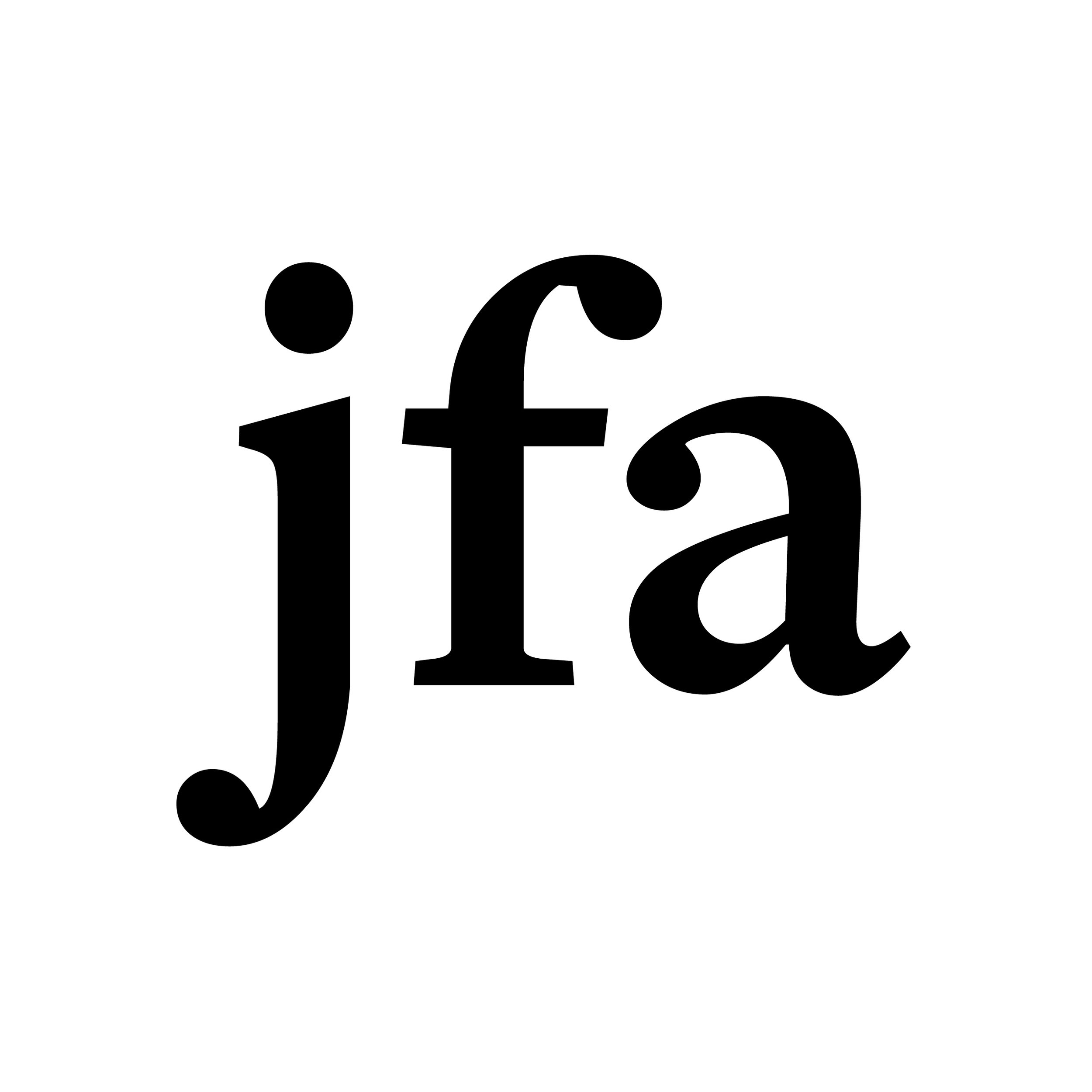The Art of Forced DISPLACEMENT
In this series of articles, Julie Reintjes interviews three contemporary male artists who have experience of being forcibly displaced. The series focuses on how visual art can disrupt dominant narratives surrounding refugee stereotypes in Europe, and what types of images are better able to do so. It also explores questions of identity, citizenship, and belonging.
Julie Reintjes
“Art deals with emotions, and people relate to emotions. Thousands of articles about war in the Middle East and North Africa don’t change a thing. But when they see the image of Alan Kurdi, emotionally, people are engaged very quickly. The reason is: people are looking for stories. In my little miniatures there are stories.”
Julie Reintjes
Omar’s diverse artworks are about influencing unexpected audiences and re-appropriating the word refugee in order to alter people’s perceptions. His photographs and installations explore the wide spectrum of refugee identities through surreal aesthetics, cathartic collaboration, narration of the minutiae, and disruption of hegemony-dominated public space.
Julie Reintjes
This series will explore how the visual artistic practices of three artists narrate lived experiences of forced migration. For what purposes do these artists create; what artistic practices, methods, aesthetics and themes do they use for engagement, self-definition, and expression; and what does this tell us about the lives and rights of refugees?




Julie Reintjes
“The Syrian nation is not one community anymore… Syrian refugees living in Germany have completely different challenges, lives, and futures from Syrian refugees living in Jordan, or Canada. Through the Syria Cultural Index, we aim to reconnect our cultural fabric, maintain its production, and prevent it from melting into the new countries that Syrians are living in."